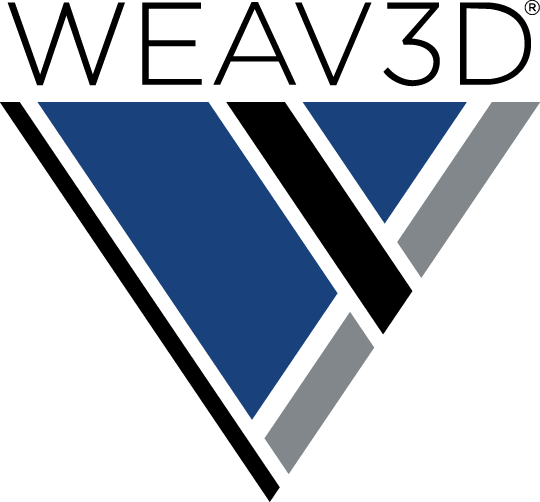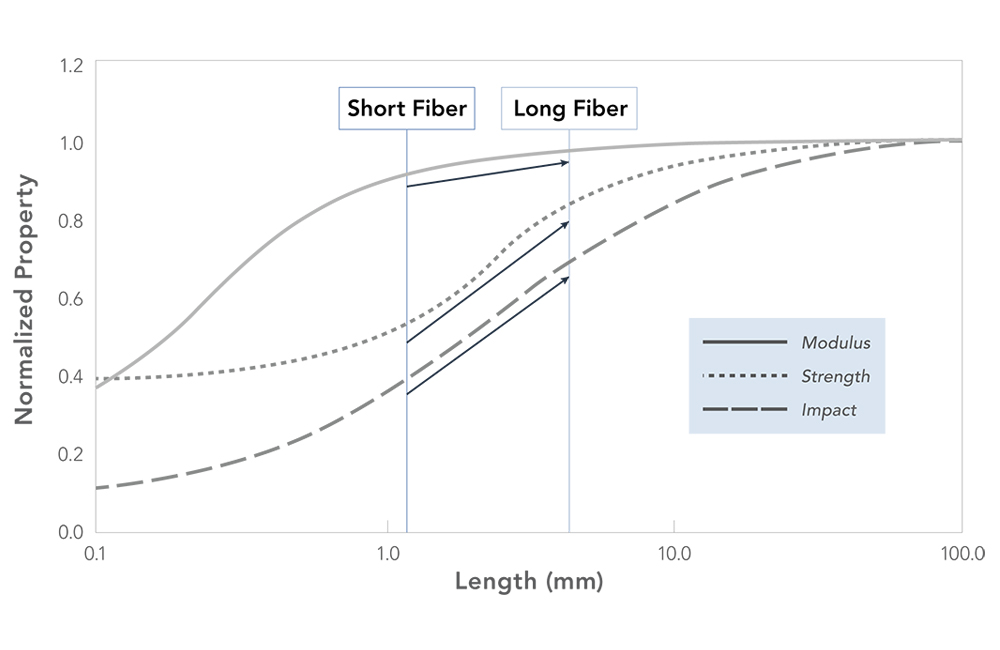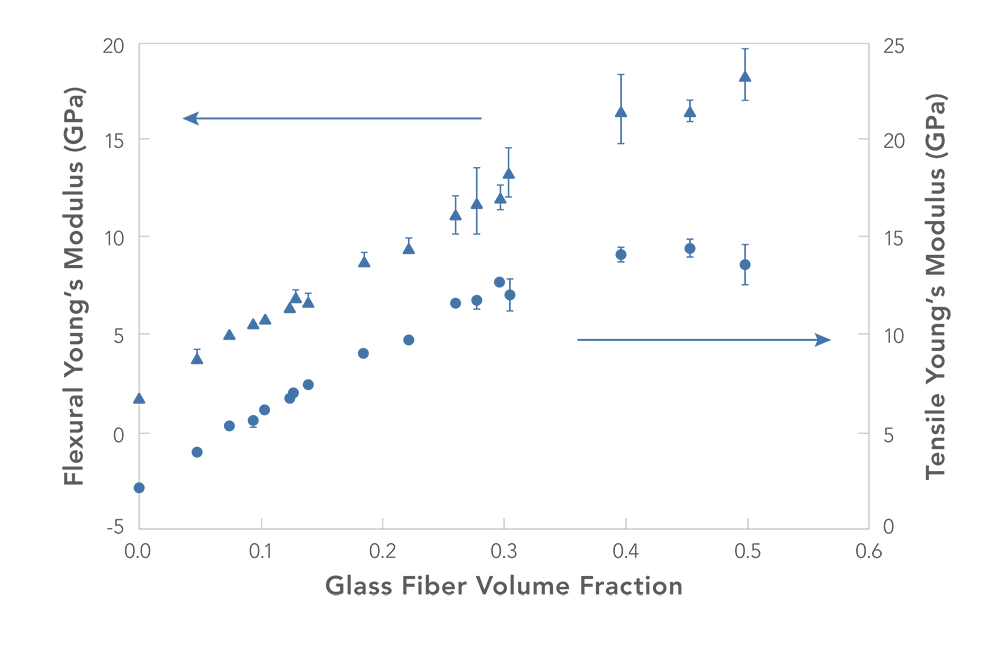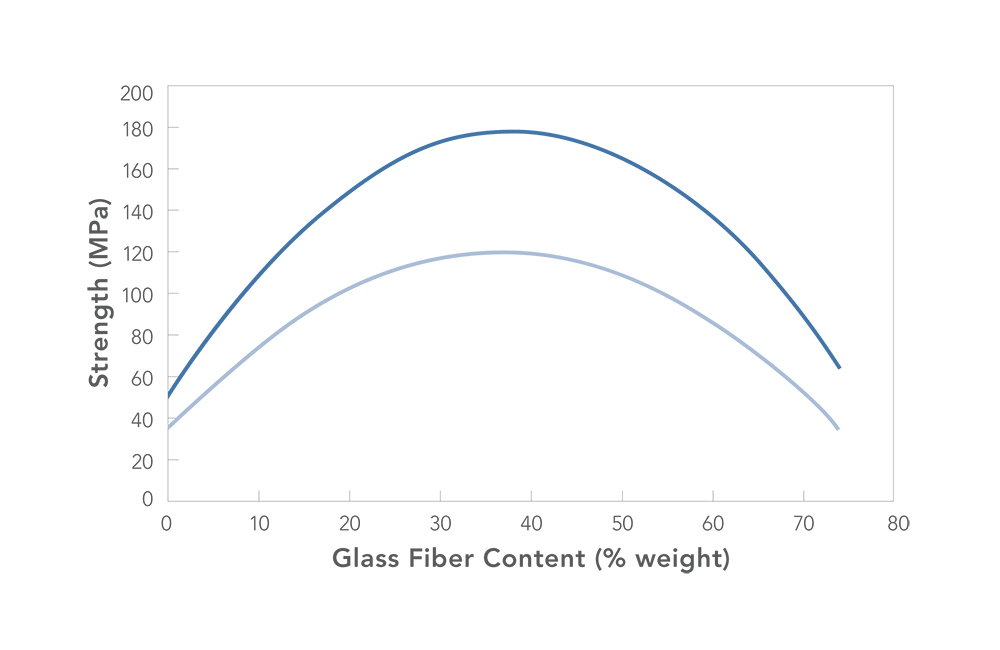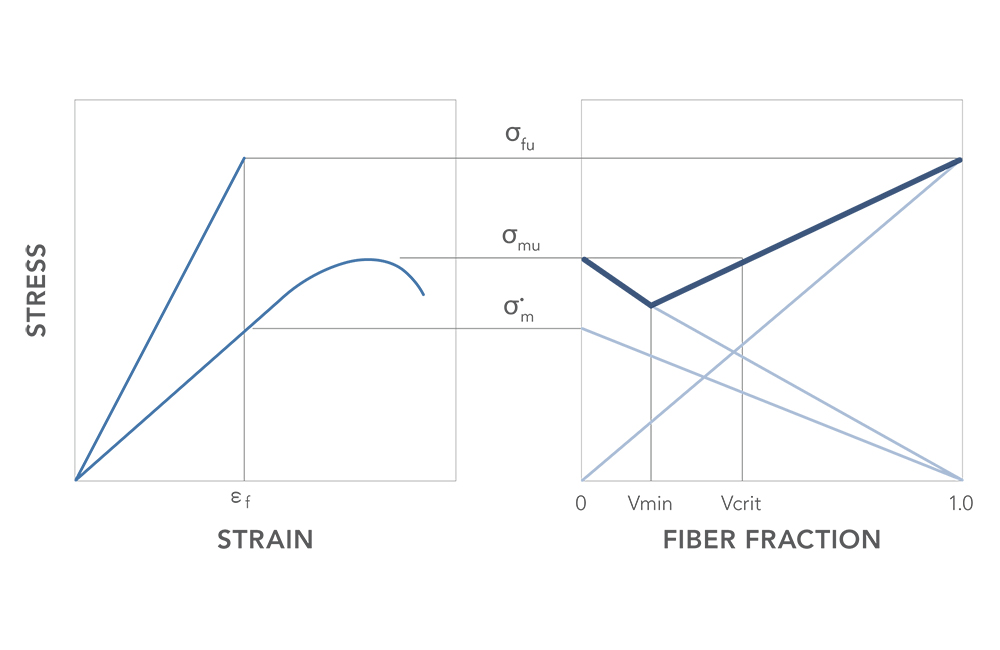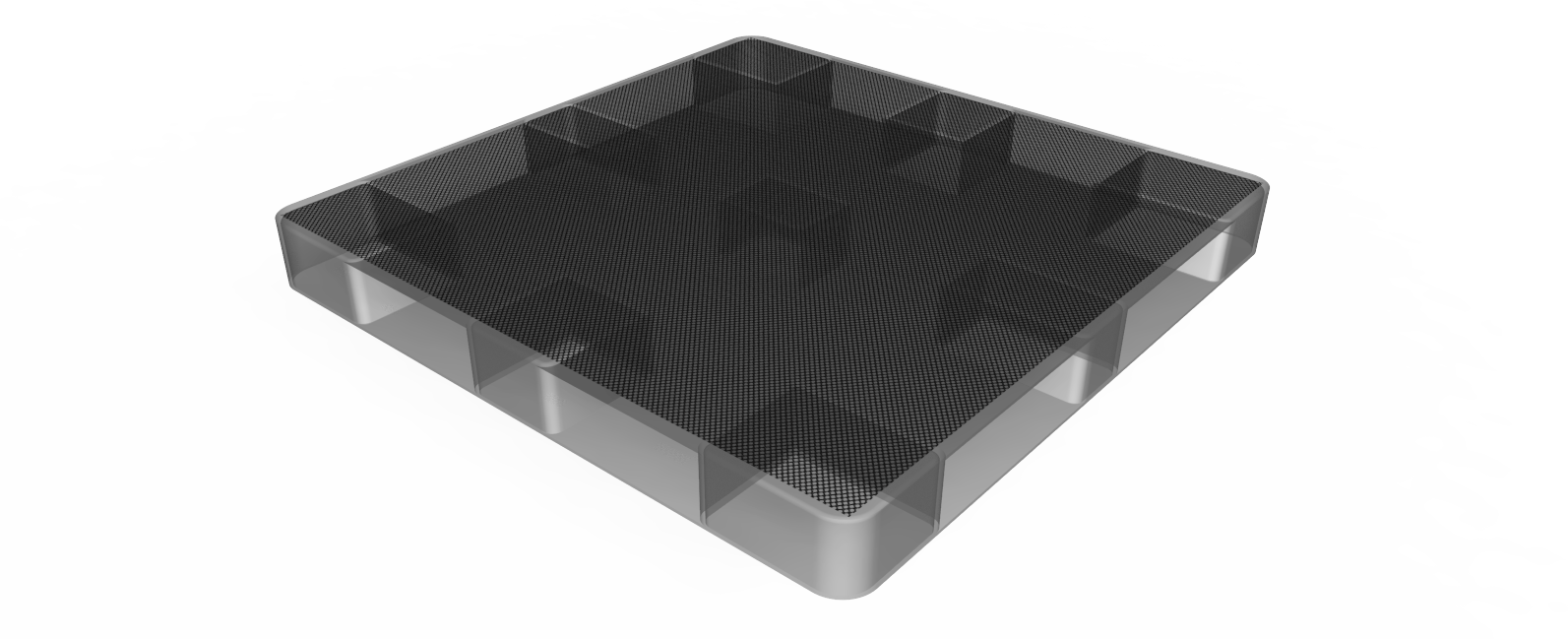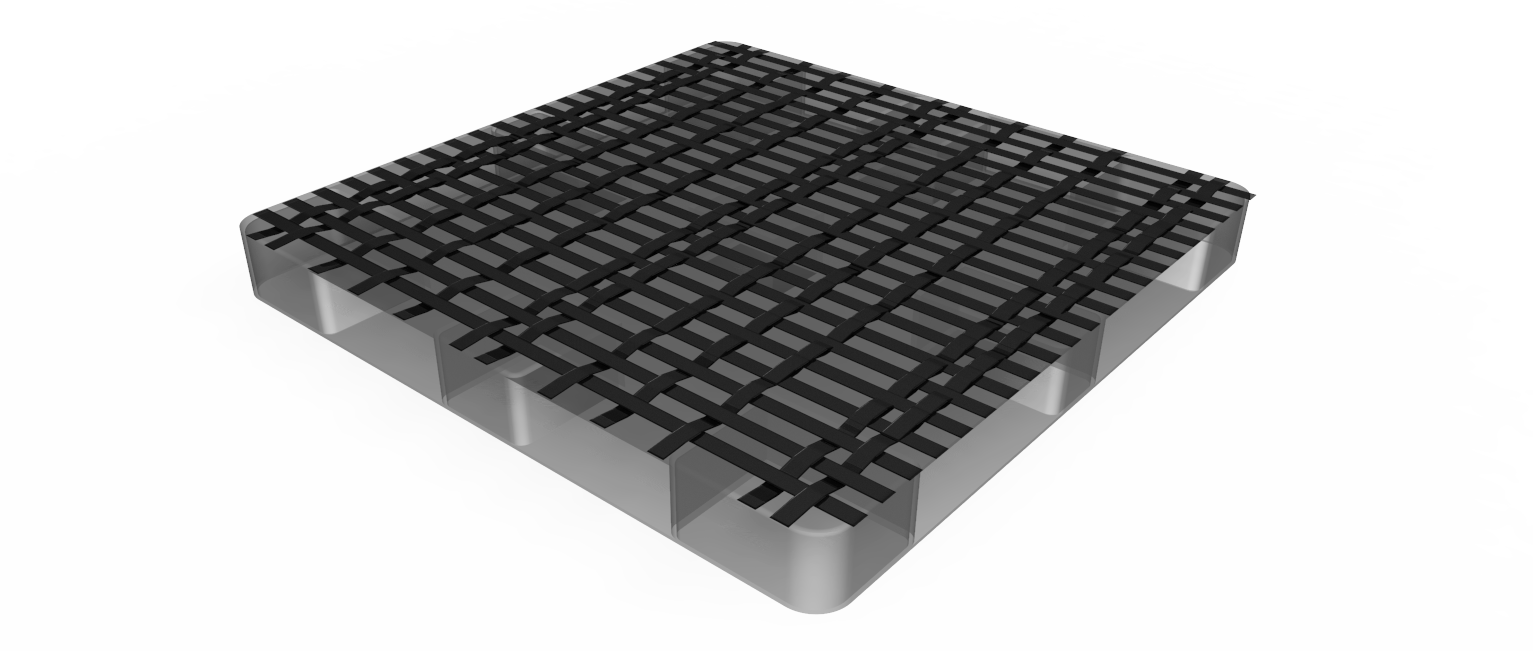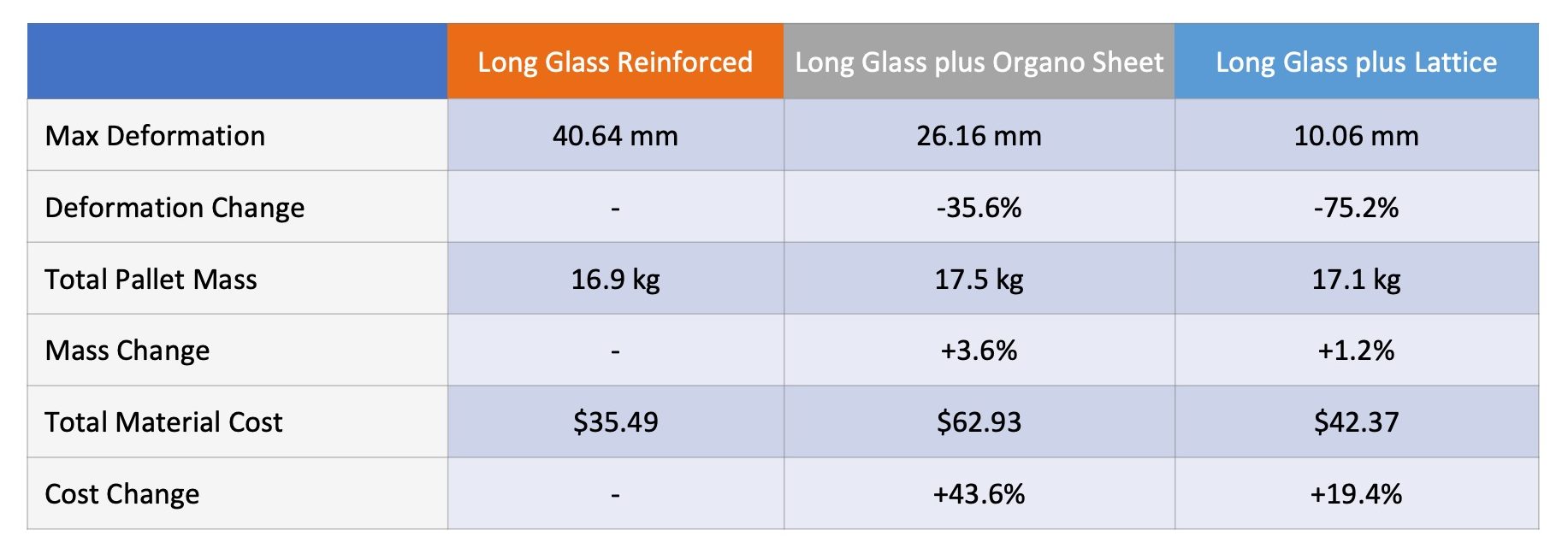Materials System
The lattice itself is woven from well-understood, commercially available thermoplastic prepreg unidirectional tapes in a wide variety of fiber and resin combinations, ranging from:
- Low-cost glass/PP UD tape
- Mid-grade carbon and glass/PA6 tapes
- High-performance carbon/PEEK tapes
- And anything in between
The specific tape used depends on application requirements such as the adhesion to the bulk molded plastic of the reinforced part, environmental conditions, strength and stiffness requirements and cost targets.
With such a wide variety of tapes to draw upon, the lattices are compatible with a broad range of polymers used in injection molding, compression molding and thermoforming processes. Compatible thermoplastics include PP, PC/ABS, ABS, PC, TPU, PET, PA6, PA410, PPA, PAEK and PEEK. Unsaturated polyester and vinyl ester thermoset resins are compatible with certain WEAV3D lattices as well.
And the WEAV3D process is not just limited to plastic components. It has successfully been employed in polymer concrete structures and is also being studied as a way to reinforce Portland cement concrete.
Whether polymer or cement, one defining characteristic of WEAV3D’s technology is that the prepreg tape selected for the lattice forms an adhesive bond with the base material of the reinforced part, preventing delamination and increasing strength and stiffness of the finished part. This bond is in addition to any mechanical interlocking between the base material and the lattice openings.
Amplifies Glass-Filled Plastics
Another defining characteristic of the WEAV3D technology is its ability to amplify the effects of traditional short and long glass-fiber reinforcements used in injection molded thermoplastics as well as compression molded materials such as SMC, BMC and D-LFT. The continuous fiber of the tapes and the discontinuous glass fiber of the polymer compound work synergistically to improve stiffness, strength and toughness of the finished part—producing what we refer to as a hybrid length-scale structure.
And because the critical fiber lengths for tensile strength, tensile modulus and impact resistance differ significantly, it’s possible to individually tune these three properties according to the application requirements. This mechanical property tuning can be applied globally to an entire structural part or locally within the structure, potentially minimizing the amount of expensive reinforcements needed to achieve a given level of structural performance.
